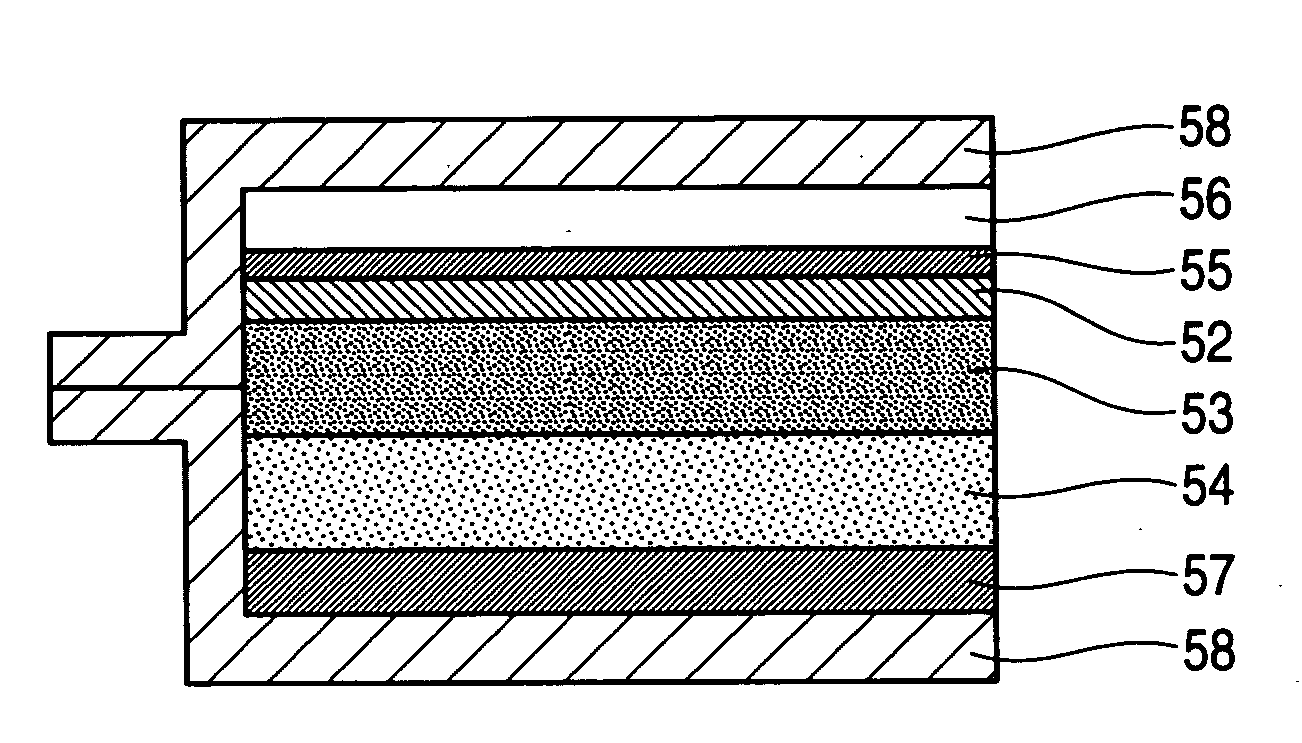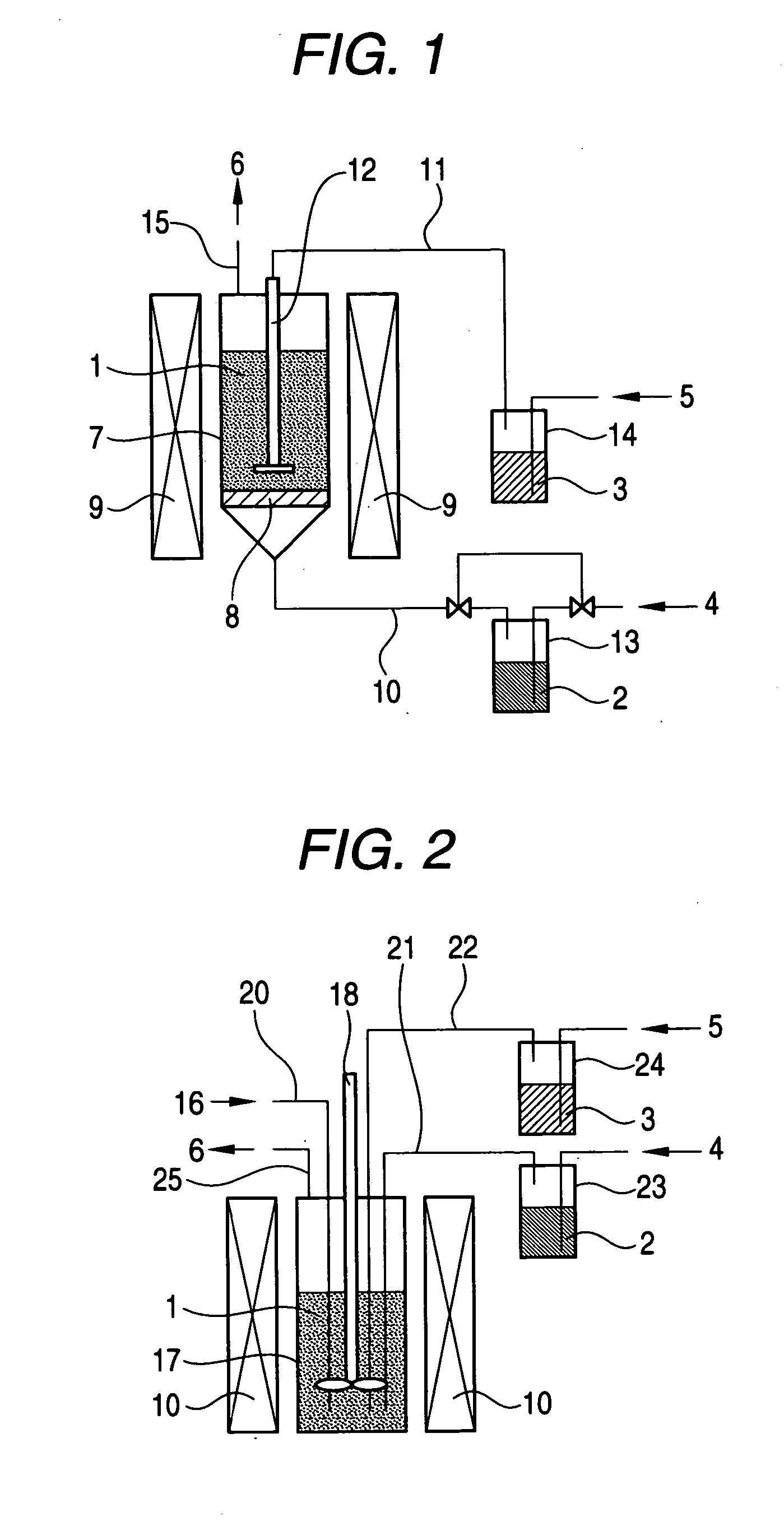Electroluminescent phosphor, process for producing the same, and electroluminescent device containing the same
a technology of electroluminescent phosphor and electroluminescent device, which is applied in the direction of discharge tube/lamp details, discharge tube luminescnet screen, other domestic articles, etc., can solve the problems of reducing luminescence efficiency of coated el phosphor particles, deteriorating brightness of el phosphor, etc., to achieve high el efficiency, effectively protect the phosphor, and enhance the durability of phosphor particles
- Summary
- Abstract
- Description
- Claims
- Application Information
AI Technical Summary
Benefits of technology
Problems solved by technology
Method used
Image
Examples
examples
[0081] The present invention will now be illustrated in greater detail with reference to Examples, but it should be understood that the invention is not construed as being limited thereto. Unless otherwise noted, all the percents and parts are by weight.
Preparation of EL Phosphor Particles:
(a) EL Phosphor Particles A
[0082] ZnS having a crystallite size of 20 nm and a mean particle size of 2 μm was prepared. Twenty-five grams were weighed out and put in a 300 ml beaker together with 200 ml of distilled water. The mixture was stirred with a magnetic stirrer to disperse all the ZnS particles. A solution of 0.064 g of CuSO4.5H2O in 2 ml of distilled water was added to the ZnS dispersion with a buret over about 30 seconds. After completion of the addition, the stirring was continued for an additional 30 minute period. The system was then left to standstill until the ZnS particles settled out completely. The supernatant liquor was removed by decantation. The residual ZnS particles we...
PUM
 Login to View More
Login to View More Abstract
Description
Claims
Application Information
 Login to View More
Login to View More - R&D
- Intellectual Property
- Life Sciences
- Materials
- Tech Scout
- Unparalleled Data Quality
- Higher Quality Content
- 60% Fewer Hallucinations
Browse by: Latest US Patents, China's latest patents, Technical Efficacy Thesaurus, Application Domain, Technology Topic, Popular Technical Reports.
© 2025 PatSnap. All rights reserved.Legal|Privacy policy|Modern Slavery Act Transparency Statement|Sitemap|About US| Contact US: help@patsnap.com



